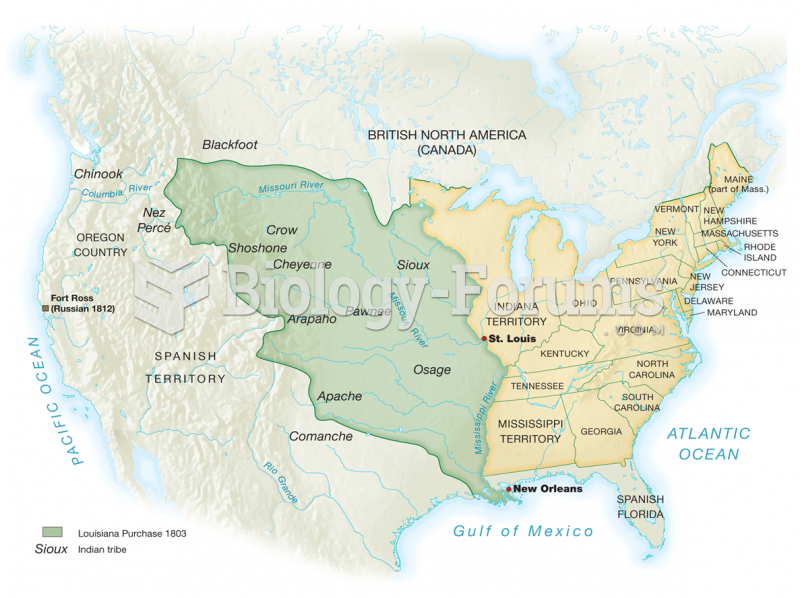Answer to Question 1
C
Answer to Question 2
Social networks have had a profound impact on how businesses operate, communicate, and serve their customers. The most visible business firm use of social networks is as a marketing and branding tool. The most popular social network tool for large corporate businesses is LinkedIn, with 93 of the Fortune 500 having a LinkedIn company page. Twitter is the second most popular, used by 78, while 74 use Facebook. A less visible marketing use of networks is as a powerful listening tool that has strengthened the role of customers and customer feedback systems inside a business. Social networks are where corporate brands and reputations are formed, and firms today take very seriously the topic of online reputation, as evidenced by social network posts, commentary, chat sessions, and Likes. In this sense, social network sites have become an extension of corporate customer relationship management systems and extend existing market research programs. Beyond branding, social network sites are being used increasingly as advertising platforms to contact a somewhat younger audience than websites and e-mail, and as customers increasingly shift their eyeballs to social networks. Rosetta Stone, for instance, uses its Facebook page to display videos of its learning technology, encourage discussions and reviews, and post changes in its learning tools. Public social networks like Facebook have not been used extensively in firms as collaboration tools thus far. However, in 2015, Facebook launched its Facebook at Work app, designed to spur collaboration and networking inside large firms, as a pilot project. In October 2016, it finally released the commercial version of the app, now called Workplace.
Answer to Question 3
The most popular general social networks, such as Facebook, have adopted an advertising model, and make money from ads displayed to users. There are number for profit and non-profit networks that stay afloat from user donations, member dues, premium services, or through sponsorship financing.






